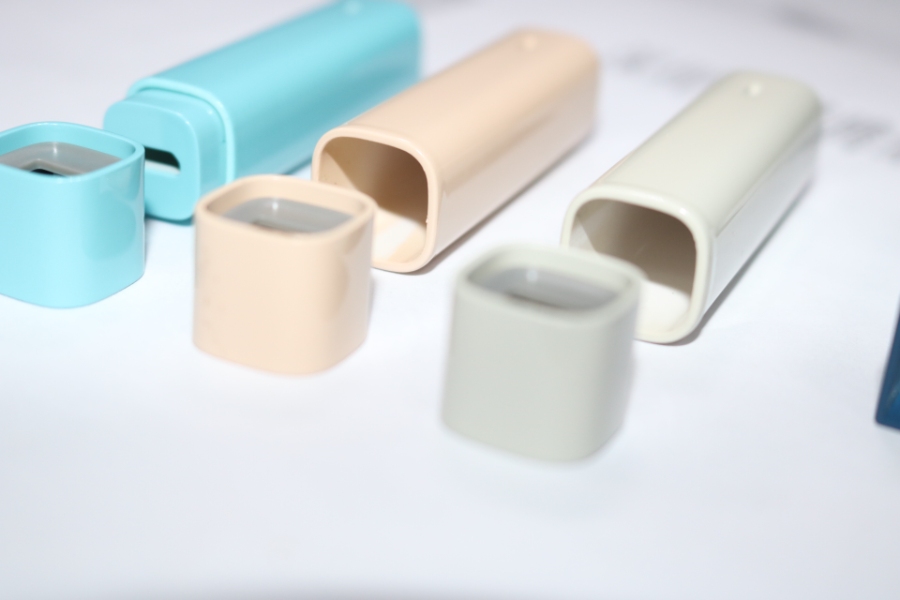CNC low-volume production involves the use of computer numerical control (CNC) machines to produce small quantities of customized parts or products, typically ranging from a few units to several hundred. This production method is highly valued across various industries for its ability to combine precision machining with flexible production runs.
Definition and Scope
It refers to the process of using CNC machines to manufacture products in limited quantities. This approach is particularly beneficial for prototypes, specialized industrial components, or customized consumer products.
Understanding Their Benefits
Adopting this method offers several advantages, including reduced manufacturing costs, minimized waste, and the ability to rapidly respond to market changes or customer demands. It also allows for extensive customization of product designs.
How Do Industries Take Benefit?
Aerospace and Defense
The aerospace and defense industries rely on CNC low-volume production to create precise and reliable components that meet strict regulatory standards.
Medical Devices
In the medical field, this method is used to produce specialized surgical tools and implants that require high precision and customization.
Automotive
Automotive companies utilize Computerized Numerical Control low-volume manufacturing to develop prototypes or components for limited-edition vehicles or special engineering projects.
The Process of Production
Design and Prototyping
The first step in Computerized Numerical Control low-volume production is designing the part or product using CAD software. This digital model is crucial for ensuring the final product meets all specifications.
Material Selection
Choosing the right material is critical in Computerized Numerical Control manufacturing. Materials commonly used include metals like aluminum and steel, plastics, and composites, each selected based on the product’s required properties.
CNC Machining Techniques
Various Computerized Numerical Control machining processes can be employed depending on the product’s complexity and material, including milling, turning, and drilling. These methods allow for the creation of detailed and intricate designs.
Comparing CNC Low-Volume Production to High-Volume Manufacturing
Cost Implications
While high-volume production often involves significant initial costs due to the need for specialized molds or tooling, low-volume production can be more cost-effective for small runs because it requires less upfront investment.
Flexibility and Customization
CNC low-volume production offers greater flexibility in making design changes between batches, which is less feasible in high-volume settings.
Advantages of CNC Low-Volume Manufacturing
Rapid Market Entry
One of the primary benefit is the ability to quickly bring a product to market, allowing companies to test market reactions without significant risk.
Enhanced Quality Control
With smaller production runs, maintaining high quality and consistency across all parts is easier, ensuring each component meets the desired standards.
Effect of Technology and Innovations
Advanced Machines
The continuous development of CNC technology, including the integration of AI and automation, has made low-volume production more efficient and less labor-intensive.
Software Innovations
Improvements in CAD/CAM software have streamlined the transition from design to production, reducing errors and improving machining accuracy.
Successful Case Studies:
Customized Consumer Products
A case study on a company that used CNC low-volume manufacturing to create customized kitchen gadgets, illustrating the process from design to final product.
Industrial Applications
An analysis of how a small aerospace company efficiently produced specialized aircraft parts, demonstrating its practical benefits.
The Future of CNC Low-Volume Manufacturing
As market demands continue to evolve towards customization and rapid product development cycles, their manufacturing is expected to grow. This growth will likely be supported by further advances in CNC technologies and materials science.
Conclusion
CNC low-volume production offers a flexible, efficient, and cost-effective solution for producing high-quality customized products in small batches. With ongoing technological advancements, its role in modern manufacturing is set to increase, providing significant opportunities for businesses to innovate and respond to evolving market needs dynamically.
Read more articles on PostMyBlogs




